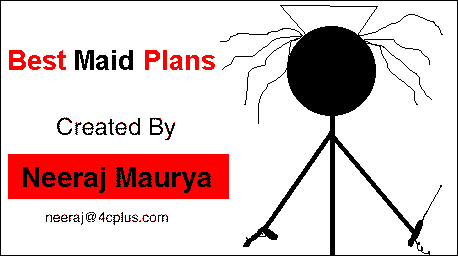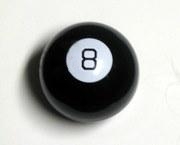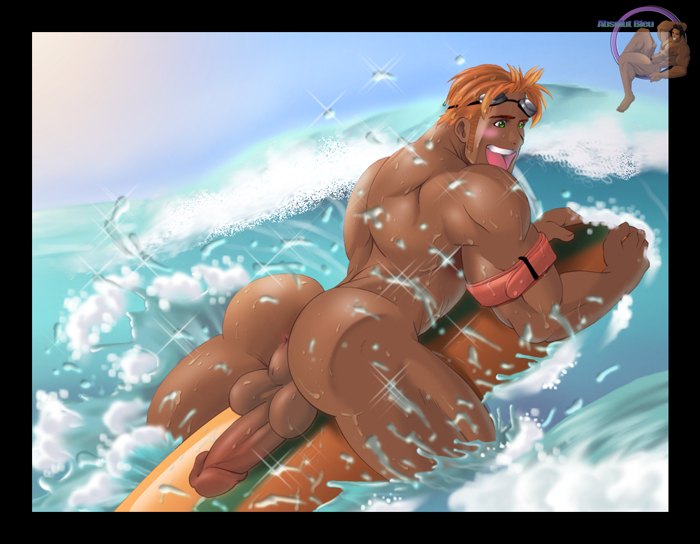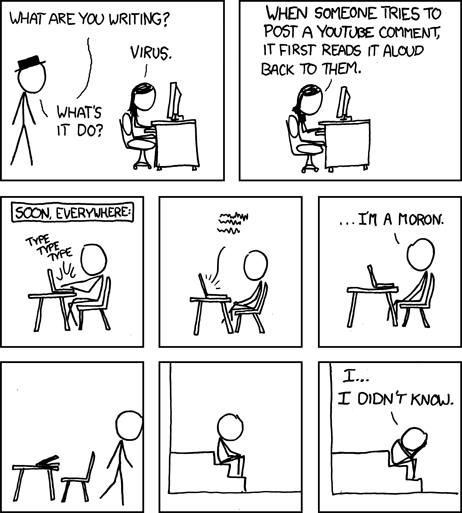![]()
TERMINOLOGY
Some terminology relating to the Bear community includes:
* Admirer - a term that refers to someone who is sexually or romantically attracted to Bears (this term is often used in various communities to describe an outsider who has sexual attraction to people within that community). Also often referred to as a Chaser. Admirers/Chasers can be of any weight, hairy or hairless and any age.
* Bear - a hairy man with a stocky or heavyset build and facial hair. Can be clean shaven and of any age.
* Bear run - a gathering or circuit party for Bear/Cub types and their Admirers.
* Cub - a younger (or younger looking) version of a Bear, typically but not always with a smaller frame. The term is sometimes used to imply the passive partner in a relationship.[8] Can be hairy or hairless.
* Chub - a heavier bear
* Daddy bear - is an older guy sometimes looking for a daddy/son relationship with either a younger Bear, Cub, Otter, Wolf or Chaser.
* Ginger bear - a red-haired bear.
* Goldilocks - a female, often heterosexual, who is often in the company of bears (a bear's fag hag).
* Leatherbear - a bear with a leather fetish.
* Muscle bear - a muscular version of a Bear. A muscle cub is a younger or smaller, yet muscular, version. Can be hairy or hairless and of any age.
* Otter - a man who is hairy, but is not large or stocky - typically thinner, or with lean muscle.
* Panda bear - a bear with mixed white and black body hair - this definition is usually mistaken with Asian descent.
* Pocket bear - a short Bear.
* Polar bear - a silver- or white-haired Bear.
* Woof - a greeting often used when a Bear spots another Bear in public and wants to express physical attraction. He might make a growling noise ("Grrr!") or say "Woof!"
BEAR CODE
Main article: The Natural Bears Classification System
"Bear codes" are sometimes used in e-mail (often as part of a signature block), web postings, and online profiles to identify Bear-related attributes of the author or poster. See, e.g., "The Bear Codes" on the Resources for Bears Web site. A sample Bear code is:
B4 s- m g++ w d+c t+ f+ k+ r e+(+?)
Bear Code may be the earliest example (1989) of Internet self-classification codes. Familiarity with this classification system is concentrated in the subcommunity of Bears who were early adopters of Internet communications, and is not widespread within the general community.
The Classification Scheme
The most obvious characteristic of a bear is understandably his facial fur. So, that is the most logical place to begin. Using a capital "B" to denote "BEAR", we have added a sub-class characterizing "beard type" which combines a bear's beard's length, thickness, and overall "keptness", numbered from 0 to 9 and defined in the following way:
0 - (Little/no beard, or incredibly sparse) Such a beard is the absolute minimum that could ever be classified as a beard. We're talking 5-o'clock shadow, here! And yes, we are of the opinon that the beardless can still find company among the ursines!
1 - (VERY slight beard) This is the kind of beard that people have who want to have a beard, but can't grow one. Or someone who is contantly at the 1-week phase.
2 - (Slight beard) A beard kept VERY short at all times, or thinned out.
3 - (Thin beard) A beard in all respects but kept thin and short.
4 - (Mostly full) A beard that is full except for a few noticable bald spots, or kept trimmed.
5 - (Full beard) A full beard not generally trimmed, though not generally bushy. May have a few bald spots on inspection. Usually full and roundish beards fall into this category.
6 - (Very full) A full beard, not trimmed. May be slightly bushy but very full. Thick, full beards (moreso than B5's) are B6's. B6's beards also generally are higher up on the cheeks than B5's.
7 - (Longish/bushy beards) A full beard or slightly thin beard with longish fur. This beard is not trimmed and does come away from the chin.
8 - (Very Long Beards) These beards are usually very bushy and haven't seen clippers for a very long time.
9 - (Belt-buckle-grazing long beards) The prototype is ZZ Top. Need we say more?
Ok… Using this scheme, it shouldn't be hard to narrow a person down to within 1 sub-class, although occasionally people may fall between two classes, and then the end result is left up to the person classifying, or one may use a hybrid designation (for example: B7/4) for those who vary across time (in the given range they spend more time near the first number).
Other Classifiers for Bears
While beards can be an observable trait of bears, there are other things that different people take into consideration as to "what makes up a bear", and things that people like in their bears. So, bearing that in mind (pun intended) there are other criteria that can/should optionally follow the "B" designation.
N.B. It is not necessary to have a "grade" for each of these traits! For each there is a "neutral" value, which basically describes someone who is "average" or "unknown" within that trait. These "neutral" values are given below, but would not be reported --- treat them as either "default" or "assumed".
f - "The FUR factor". Some bears are particularly hairy about the rest of their bodies, others INCREDIBLY furry, yet others though rightfully bears, have little or no fur on their chests, arms, legs, back, butt, etc. So, one of the following may be added to better describe a bear's fur:
f++ WAY above average fur
f+ above average fur
f furry in a bearish sense
(none) "neutral", avg. fur from a sample population of
both bears and non-bears f- below average fur
f-- WAY below average fur--"Nair-smooth to the max!"
t - "the TALLNESS factor". To describe bears that are tall or short for their frame.
t++ a virtual giant bear
t+ taller than average
t tall but not very tall
(none) average height
t- shorter than average
t-- a bear of very small stature
w - "the WEIGHT factor". For those who prefer their bears more or less fluffy.
w++ a round bear/BIG TEDDY bear
w+ a big boned bear
w bear with a tummy
(none) average weight for frame
w- a thin bear (otters!)
w-- a bony bear
c - "the CUB factor". For the junior up and coming bears.
c++ complete daddy's boy
c+ definite cub
c cub tendencies
(none) not "cubbish"
c- looks like a cub but isn't
d - "the DADDY factor". For the cubs, etc.
d++ DADDY with a vengeance (even his parents call him SIR!)
d+ definite DADDY
d daddyish tendencies
(none) not a daddy
d- looks like a daddy but isn't
Note there are now also HYBRID classes "cd" and "dc":
cd A cub with "daddy tendencies"... Sort of like a "grown up cub".
dc A daddy with cub-like tendencies/features.
dc- More daddy than cub
d+c REAL daddyish and also VERY cubbish
(etc.)
g - "the GROPE factor": This is the amount one likes to be touched or pawed etc.
g++ Love to grope/paw/touch etc. Will attack without
warning. Gives hugs to hot otherwise unknown bears on the street in open daylight.
g+ likes to be touched most of the time
g Generally outgoing with ursine affection, a little more reserved about place/person...
(none) Average amount of receptivity to being touched
g- Generally doesn't like people to invade his personal aura/lair.
g-- You touch my bod, I break your face!
k - "the KINKY factor"... for those who dare.
k++ likes just about EVERYTHING... we mean EVERYTHING!!!
k+ picks and choose according to likes; willing to consider new ideas
k open minded. Might choose SOME things on the "menu"
(none) kinky neutral
k- has definite ABSOLUTE dislikes
k-- totally vanilla
s - "SEX (ok, SLUT) factor.
In SOME people's bear codes, "s" might really mean "k"
(since "k" WAS originally "s" in the earlier versions...).
s-- strictly monogamously/relationship oriented. No outside affairs, or in some cases, sex ONLY in relationships
s- relationship oriented. Prefers a formal sort of relationship over playing around, however the scope of the word relationship is not defined here.
(none) relationship neutral
s neutral wrt to relationships/monogamy.
s+ will form relationships which are generally open-ended
s++ strictly polygamous, prefers very open relationships ONLY.
m - "the MUSCLE factor"... for those who like meat on them bones.
(N.B. "semi-"official --- may be dropped w/ V2.0)
m++ Arnold Schwartzineger is that you?
m+ definitely works out or is a ranch hand
m some definition/blue collar
(none) muscle neutral
e - "the ENDOWMENT factor"... sometimes a size queen's gotta do
what a size queen's gotta do.
(N.B. "semi-"official --- may be dropped w/ V2.0)
e++ gets complete respect even from straight men
e+ gets attention
e noteworthy
(none) endowment neutral
h - "the BEHR factor"... for behrs (men without beards but bears).
You might also put a parenthesized number for the "B" designation to give an idea of WHAT the person would look like with a beard.
h behr (mustache no beard)
h+ Definite BEHR (mustache no beard)
h- no beard OR mustache! (very rare but still cave dwelling)
r - "the RUGGED/OUTDOOR factor".
r++ "Grizzly Adams"
r+ Flannel/jeans/C&W really are second skin
r Spends some time outdoors/camping
(none) rugged neutral
r- prefers indoor-type activities (techie or 3-piece)
r-- never seen in the outdoors at all.
p - "the PECULIAR factor"
p Some idiosyncrasies --- no judgment made to whether these are "good" or "not so good"
q - "the Q factor (ahem)"
q for bears who are out - WAY out - and love every minute of it. Stereotypes be damned, break out the chiffon and everything else, because girlfriend, as Auntie Mame says "Life is a banquet and most poor bastards are starving to death!" (For the stunned reading this - yes, Virginia, "q" is a GOOD thing just like "t-- and t++ are GOOD things", "w-- and w++ are GOOD things"; nothing negative should be associated with the labels pertaining to classification!)
ADDITIONAL PUNCTUATION
The following aren't graded, they are just flags attached to the overall classification:
v for variable, said trait is not very rigid, may change with time or with individual interaction (e.g. some guys who are generally REAL daddies, may turn into REAL cubs occasionally, etc.)
? for traits where there is no HARD information available and the value is completely guessed at: eg. a picture of a hot bear that LOOKS like a rugged outdoors man, r+? but in reality could be a 3-piece suit bear.
: for traits which are observed but uncertain, eg. a guy who is wearing a lot of clothes, so you can't be SURE he's an f+, but his forearms REALLY suggest that he is, hence f+:
! for cases where the trait is as close to a prototype as possible, or an exemplary case of a specific trait... eg. the ultimate f++!
() for indicating "cross-overs" or ranges. A guy who goes from k to k++ depending on the situation (ie mostly "k") could use k(++)
You can make the punctuation as detailed as desired, although the best ones to read are the ones which are the most clear and simple to understand.
NOTE: None of the classification materials in any way suggests a ranking or value judgement, in terms of what constitutes a "better" bear. Every person has their own favorite type!
![]()
 2001 Douglas Harper
2001 Douglas Harper



 Changed the joke
Changed the joke

